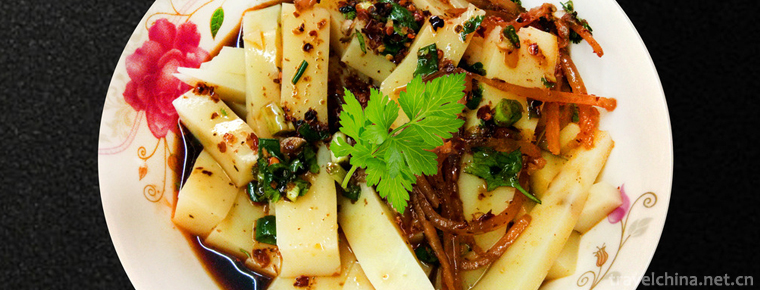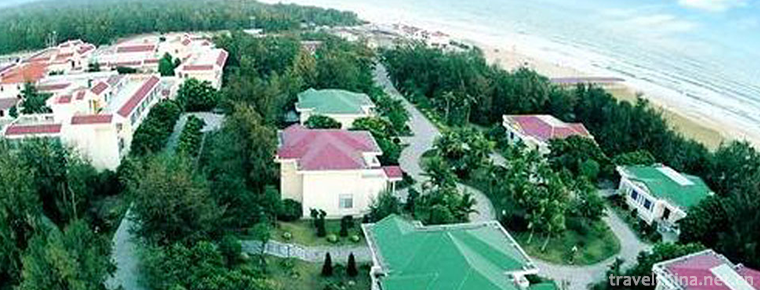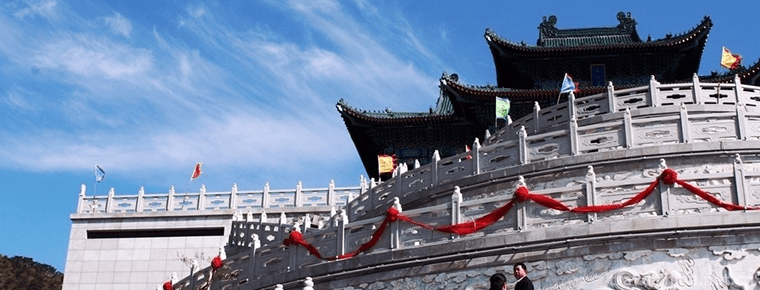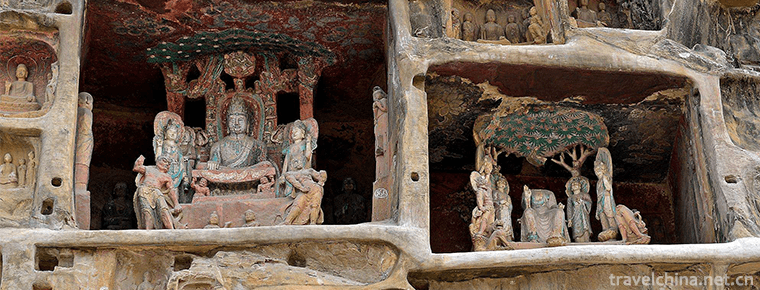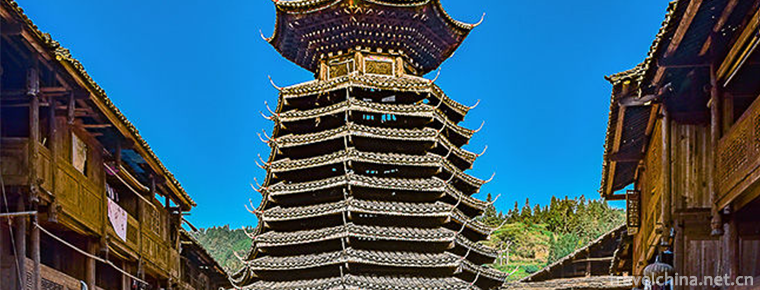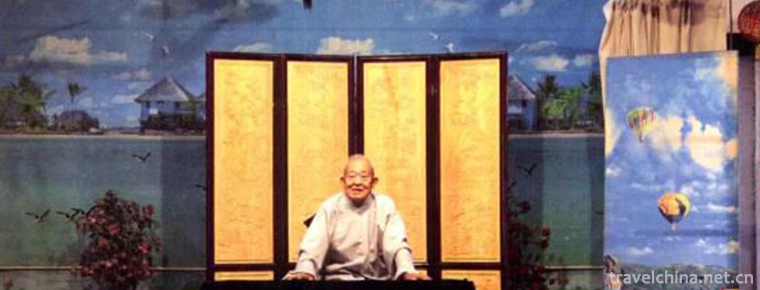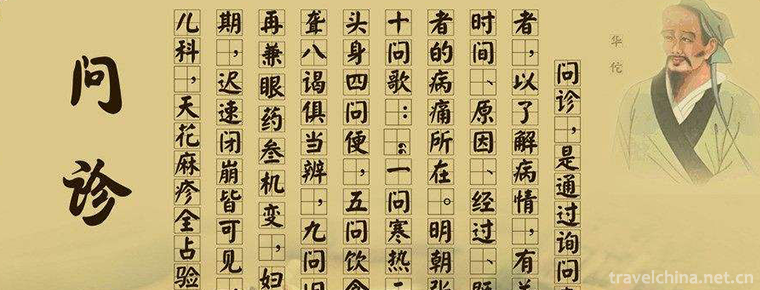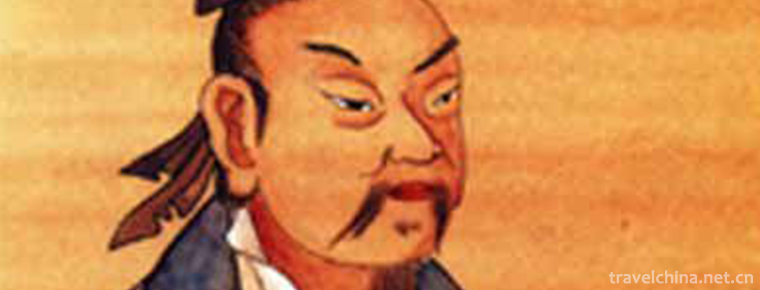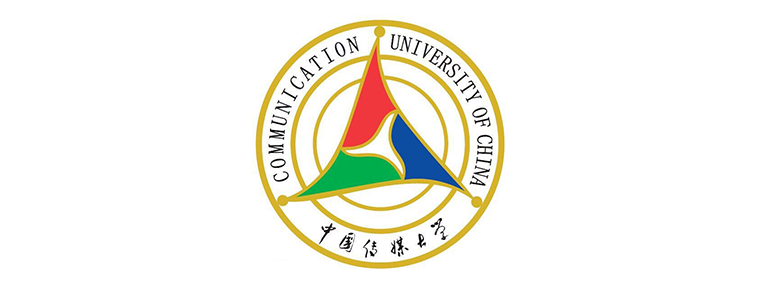Flyover wrestling
Flyover wrestling
In the 1930s, when Peiping wrestling was very popular, Peiping wrestling was famous all over the country. At that time, the strongest wrestling master of Peiping overpass was Shen San (Shen Yousan), Bao San (Bao Shanlin), and Yang Chunheng. A coincidence breaks a jack, which is now termed "free-handed wrestling". Beiping Tianqiao opened the first wrestling venue to sell art. The wrestling movement pays attention to the aesthetic feeling of performance, which makes people enjoy visual enjoyment. It sublimates Chinese wrestling to the artistic realm of "Wuxiangsheng", and makes Chinese wrestling develop another branch of art from pure competition.
On June 7, 2008, flyover wrestling was listed in the second batch of national intangible cultural heritage list with the approval of the State Council.
Brief Introduction to Wrestling
In 2008, it was listed as the second batch of national intangible cultural heritage by the State Council.
Flyover Wrestling - Chinese style wrestling, which used to be popular in the old Beijing Flyover, has also been a hot topic after dinner. Chinese style wrestling, a fighting skill inherited for thousands of years in China, has almost disappeared in decades after its brief popularity at the beginning of the last century.
Tianqiao Wrestling Ground was once famous. Since the 1920s, Shen San (Shen Yousan), Bao San (Baoshanlin), Zhang Dogzi (Zhang Wenshan), Man Baozhen and other famous wrestlers have appeared successively. As a competitive sport, wrestling has the nature of confrontation, while the flyover wrestling field is a performance competition of speaking, practicing and combining reality with reality. It has both Kungfu and interesting, which is pleasing to the eyes.
Before the start of the competition, as usual, "round stick" (river and lake terminology: to attract audiences meaning), artists chattered, while walking around the field, while wearing cocktail, "cocktail" in layers of thick white cloth into half-sleeved, collarless, chest-baring clothes, waist with camel velvet rope tied, wearing dark Chinese-style lanterns, knife-bellied thin bottom boots. It is said that this appearance is still the standard sportswear handed down from the Qing Dynasty. The original "good poaching camp" was an official training ground for wrestling. The wrestlers were called "poaching households". They were divided into first-class poaching households and second-class poaching households. When there was a banquet for Mongolian kings in the palace, they were asked to perform their skills and sometimes the emperor came to watch. In addition to being good at fighting camps, wrestling has also been widely carried out among the people and has become a mass sports activity.
The Origin of Wrestling
During the reign of Emperor Kangxi in Qing Dynasty, the skybridge in Beijing appeared the rudiment of the market. By the end of the Qing Dynasty and the beginning of the Republic of China, the overpass market had developed rapidly. There were many vendors performing acrobatics, martial arts, Zhongyu, wrestling, juggling and storytelling. "Dropping the ground" is a performance of setting up a shed on the flat ground and bench seats in the shed. Among them, wrestling is one of the most popular, popular and popular items in the performance.
Wrestling, also known as Chinese-style wrestling, is a combination of the advantages of all ethnic groups in history. Wrestling was recorded in the Han Dynasty and has gone through more than two thousand years of development. In the Qing Dynasty, the rulers of the Qing Dynasty advocated martial arts and established a "good battalion", specially selecting and training excellent wrestlers Gongwei capital. After the collapse of the Qing Dynasty, Shanpu Camp settled among the people and opened wrestling halls or street performances. Skybridge market, Tianjin "three no matter" and other places are the most concentrated place for wrestling sales. Shen San and Bao San, the first professional wrestling promoters in Tianqiao, are the descendants of Qingshan Puying Head and other Puhu Wanba (Wanyongshun).
After the founding of New China, under the leadership of Baosan, Tianqiao Baosan Wrestling Ground, the second generation of wrestling successors Chen Jinquan, Ma Guibao, Fu Shunlu, Xu Mao, etc., took turns to perform their skills. Mr. Bao Shanlin gradually transformed the single wrestling performance into an artistic form of wrestling. At the same time, he absorbed the artistic form of cross talk performance. The wrestling performance was brilliant and fierce, with rich explanatory language and funny humor, which attracted a large number of audiences. Every day, there were no empty seats in the front of the show. Although flyover wrestling has trained the fifth generation of inheritance, there is no guarantee of life and no fixed training ground, which also causes the lack of successors, so there is still a crisis in inheritance work.
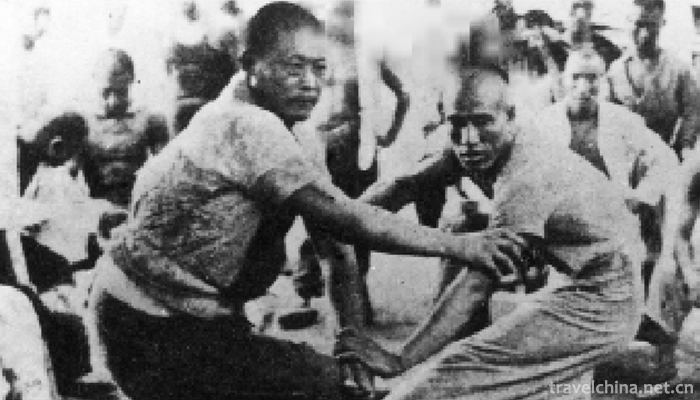
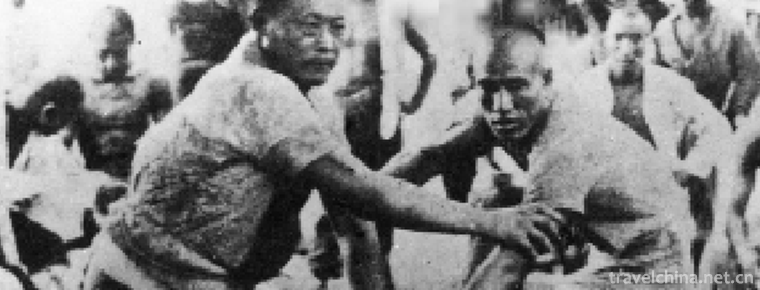
Flyover wrestling
-
Sad cold Bean jelly
Sad cold Bean jelly Heartbroken jelly is a famous snack in Zhou Li Town.
Views: 194 Time 2018-10-12 -
CITIC Golf Seaside Resort
Shantou CITIC (China International Trust and Investment Corporation) Resort Hotel is a foreign-related tourist resort hotel affiliated to Shantou Company of CITIC South China Group.
Views: 165 Time 2018-12-22 -
Xianguding Scenic Spot
Xianguding, located in the south of Huancui District, Weihai City, is only five kilometers away from the city centre. It is the highest peak in the Northwest Mountain of Wangdao, with an elevation of
Views: 144 Time 2018-12-22 -
Qianfoya Scenic Spot
Guangyuan Qianfoya is the largest grotto group in Sichuan Province. The statues of cliffs began in the Northern Wei Dynasty. After nearly 1500 years, the cliffs, which are 45 meters high and 200 meter
Views: 130 Time 2018-12-26 -
Construction Techniques of Wood Construction of Dong Nationality
Dong's wood construction and construction skills, the traditional architectural skills of Sanjiang Dong Autonomous County, Guangxi Zhuang Autonomous Region, one of the national intangible cultural her
Views: 246 Time 2019-04-28 -
Pudong Storytelling
Pudong storytelling, also known as cymbal books, Shanghai books, peasant books and so on. Pudong pays equal attention to both storytelling and singing, pays attention to plot, and has a fast rhythm. T
Views: 136 Time 2019-06-09 -
Qinghai Han Minority Folk Minor
Qinghai Han folk minor is one of the genres of Chinese folk songs. Generally speaking, it refers to folk songs and dances popular in town fairs. Through the spread of the past dynasties
Views: 466 Time 2019-06-10 -
Diagnosis of Traditional Chinese Medicine
Diagnosis of traditional Chinese medicine, one of the traditional Chinese medicine, is declared by the Chinese Academy of Traditional Chinese Medicine, one of the national intangible cultural heritage
Views: 346 Time 2019-08-10 -
Legend of Zhuangzi
The legend of Zhuangzi is a folklore of Dongming in Shandong Province. Chuang Tzu, Ming Zhou, Zixiu. According to the Records of History, it is recorded as the Mongolian people in the Warring States P
Views: 191 Time 2019-08-10 -
Xihua University
Xihua University, located in Chengdu City, Sichuan Province, is a provincial key comprehensive university with complete disciplines and multi-disciplinary development. It has been selected as "Ba
Views: 247 Time 2019-08-31 -
Communication University Of China
Communication University of China ( Communication University of China Referred to as "Zhong Chuan", located in the capital city. Beijing Yes. Ministry of Education of the People's Republic o
Views: 159 Time 2019-12-03 -
Social security in Guangan
As of 2019, there are 64000 urban and 217000 rural minimum living allowances in Guang'an City. The per capita subsidy level of urban and rural minimum living security will be increased by 27 yuan and 8 yuan respectively (according to household insura
Views: 358 Time 2020-12-19
